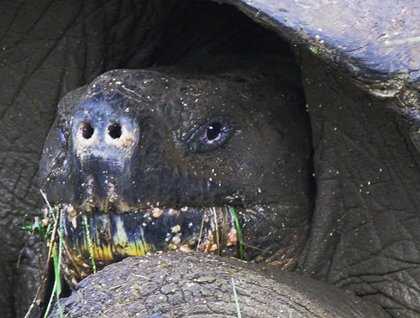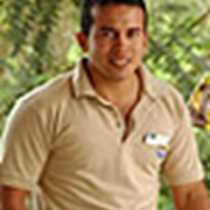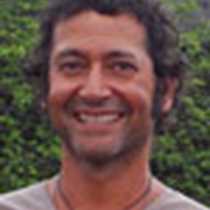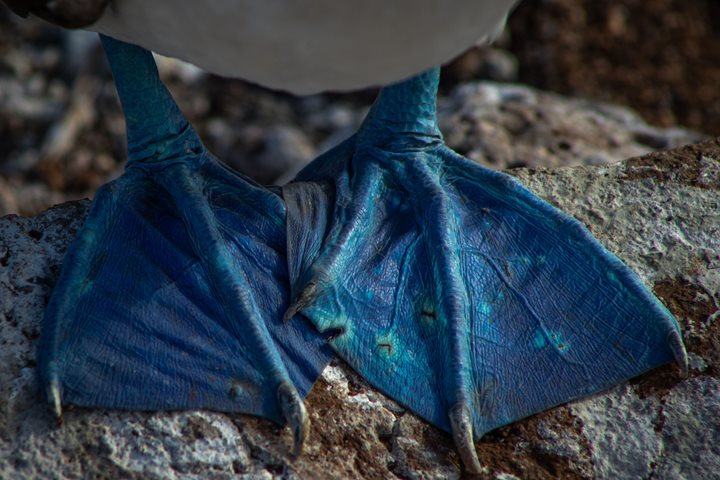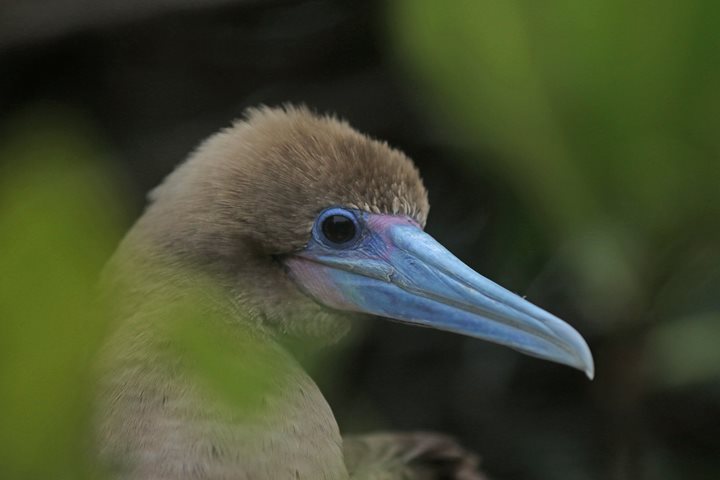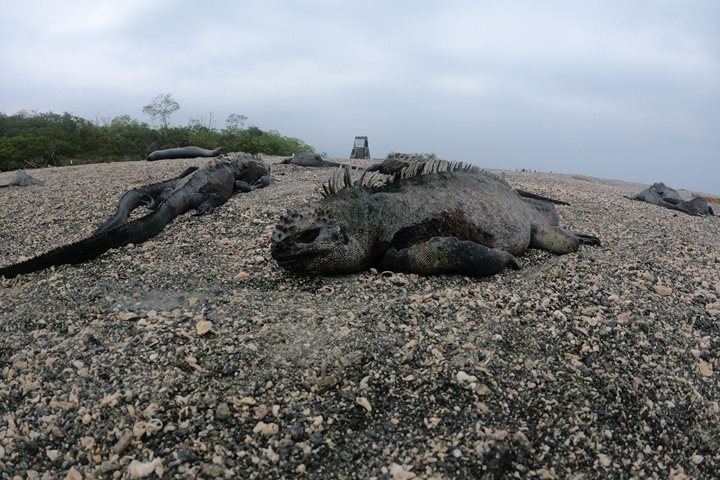After waking up to a wide view of waterfront houses and sailboats in the harbor, it was time for the National Geographic Islander and our guests to leave the wild world behind just for a day so we could follow the steps of civilization and its development. We soon realized that we had arrived at the largest town in the enchanted archipelago, where we would explore the breeding center of the Galapagos National Park Service.
We entered the park service facilities and encountered many of the titanic Galapagos giant tortoises. It was sunny, but many of these reptiles were eating at this time of the day. The facilities of the breeding center, besides helping to restore the dynasty of these endemic reptiles, also helps to promote environmental education to the locals that visit this area during the week.
We soon headed to another corral, where a male giant tortoise that was brought back to the islands from the San Diego Zoo, is nowadays the big star among the many conservation projects. He is the one who helped the species from Espanola Island come back from its own near-extinction. Him, along with two other maies and 12 females, have just over 1,800 neonates repatriated to Espanola.
He is known to be the one that helped the species from Espanola Island from its own extinction after several years Diego, two other males and 12 females, have a bit over 1800 neonates repatriated to Espanola. Due to this, “Super Diego” is his new name!
Once up at the green highlands, we visited a sugar cane press. Some of us chose instead to bike along the paved road for about four miles to get to this place, where we learned about the coffee making process, and other products that come from sugar cane juice. It was interesting to see how this sweet juice can turn into something strong, like white lightning alcohol. This visit was a nice taste of the local flavor to learn how some of the local families have developed original processes to create products out of sugar cane juice.
After lunch, huge male giant tortoises were found grazing along the greenery of the humid zone at the highlands of Santa Cruz. After lunch, as we walked around these farmlands, plenty of giant tortoises were seen around the grasslands, and pintail ducks were enjoying the murky water of the rainwater ponds. It was a completely different ecosystem and landscape once up in the highlands. All the sudden we left the dry-looking, arid zone to a new world of greenery and lushness. At the end we hiked into a lava tube and learned more about the geological structure of places like this. It did rain for a few minutes but that did not stop us explorers from continuing our journey among the green lush highlands.

